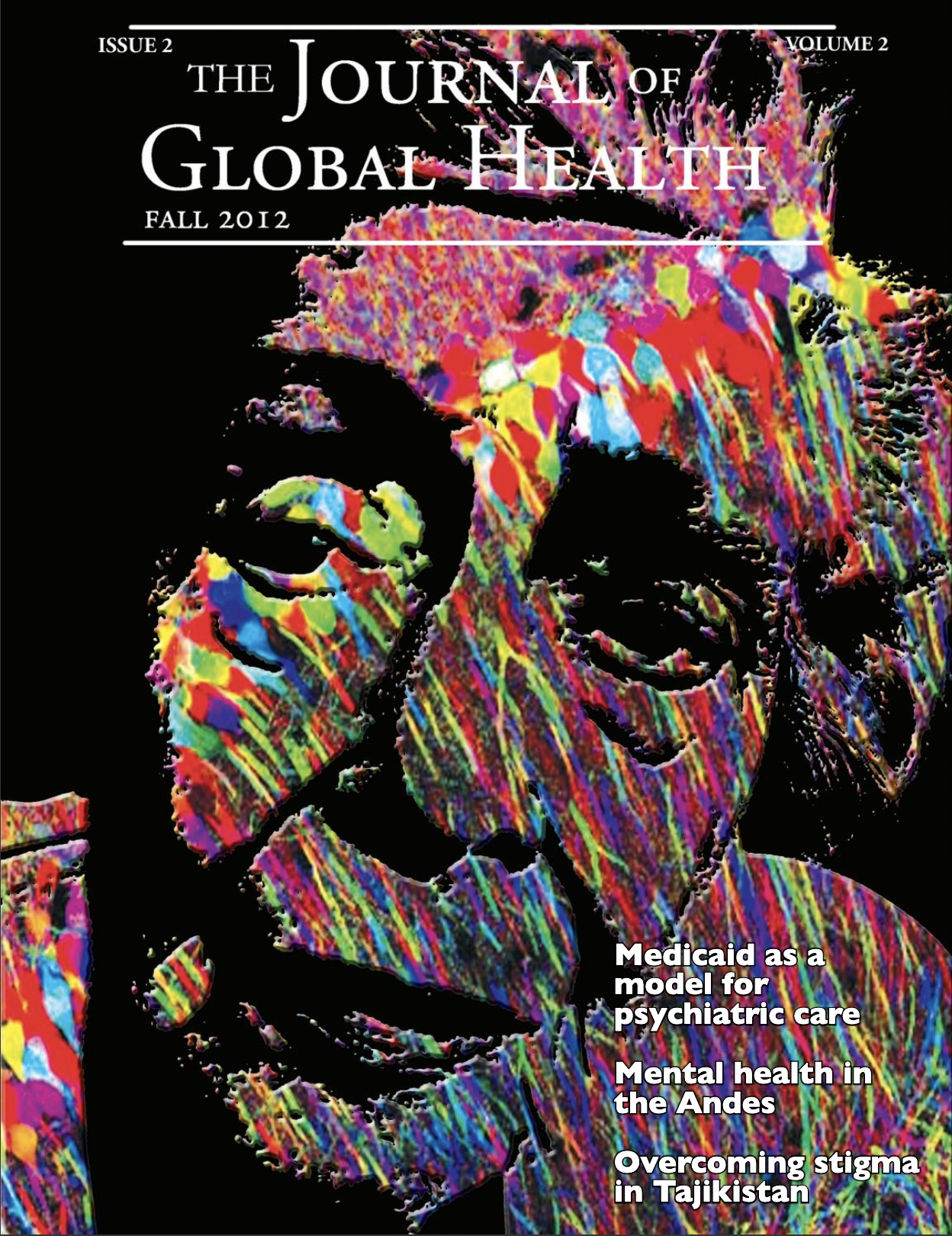Cancer in Nepal The Necessity of a Multi-Targeted Approach
Main Article Content
Abstract
The auditorium was bursting with color. Women in vibrant saris and glistening jewelry bustled about, greeting newcomers with a namaste while intermittently catching up with old acquaintances. In juxtaposition to this rich rainbow of color, I was dressed in black pants and a plain white shirt. Mental note to self: next time, spice it up a little. I looked like I was going to a funeral amongst a group of men and women who seemed to be on their way to the biggest party of the year. Yet the occasion was neither festive nor mournful—we were at an obstetrics and gynecology conference in Bharatpur, Nepal. As I sat down to listen to a presentation on cervical cancer, one of the physicians made an interesting observation: young women with cervical cancer are less likely to undergo treatment than older women. This seemed strange. Shouldn’t younger women be more educated and thus more proactive when seeking medical care?
Although there is no formal data, it is universally understood that younger, more sexually active women are often abandoned by their husbands at the time of diagnosis based on the assumption that these women will no longer be able to bear children. As a result, these 15- to 40-year-olds do not have the financial and/or psychological support to start or finish treatment, which usually consists of some combination of surgery, radiation and chemotherapy. However, older women in their fifties and above are often brought to places of medical treatment by their children and grandchildren, who not only ensure that treatment is completed but also demand the most aggressive course of treatment. Such barriers to health care represent a significant hurdle in a country where cervical cancer is not only the predominant form of cancer in women but also has the highest age-specific mortality rate.1 When I asked a radiation oncologist what policies were in place to address the social and cultural barriers to treatment, he looked at me, shrugged and said, “This is Nepal.”

